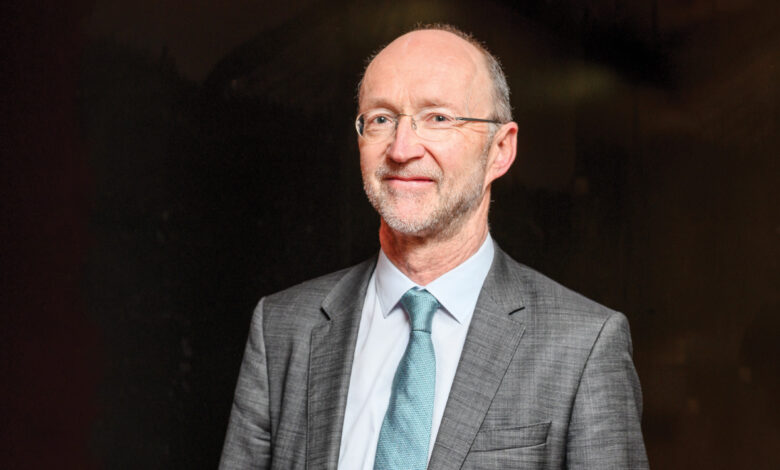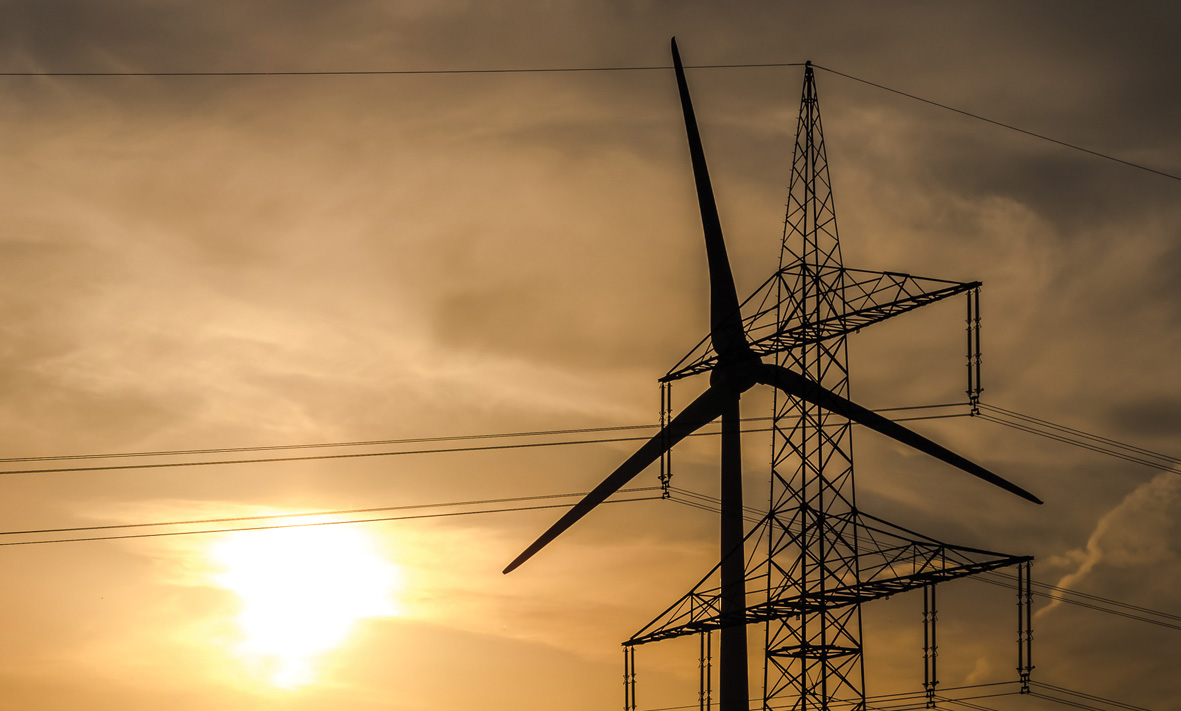Energy priorities of the European Commission

Deputy Director-General of the European Commission’s Energy Directorate-General, Matthew Baldwin, reflects on “a year of unprecedented change” as Europe strives to be the first climate neutral continent.
“The fundamentals of energy policy are really what we were confronted with in 2022,” Baldwin says, outlining his vision of the three fundamentals of energy policy being security of supply, affordability, and the more recent “third leg of the triangle”, sustainability. “They were all challenged in a very fundamental way in 2022. We set out in REPowerEU exactly how we envisage rolling that forward. It is about a faster phase out of gas, coupled with a big step up in terms of our efforts on renewability.”
Baldwin points out that it is “worth remembering that energy security fears did not begin with the war” and that “manipulation by Russia of our gas markets” had begun before February 2022. These attempts to “divide member states to weaken the resolve of the European Union” have had the opposite effect, he says. “We have not always responded to crises with unity in the face of adversity, and I do not think we have ever responded with such speed.”
In answer to the events of February 2022, European consumption of gas has changed irrevocably: less than 10 per cent of total gas imports to the EU come from Russia since the start of 2023, compared to 56 per cent the year before; Norway, Europe’s new top gas supplier, has “pledged to maintain its level of supply over the coming year”; and Russian gas has been phased out by two-thirds overall. “The IEA, when it looked at this in its 10-point plan in 2022, did not think such a move would be possible,” Baldwin says.
He outlines the tools that have enabled such a shift, such as the introduction of a common storage policy, which required member states to ensure 80 per cent of their storage levels are filled, and requires 90 per cent for 2023. “We actually managed to reach 95 per cent in November 2022,” Baldwin continues. “As of May 2023, we are still around an average of 58 per cent of our inventories, which is more than twice the level of the same time in 2022.”
A framework for coordinated gas demand reduction was also introduced, with member states agreeing to reduce their demand by at least 15 per cent. Demand dropped by more than 19 per cent between August 2022 and January 2023, “helping to save us around 40 billion cubic metres of gas”.
“In that number, we should allow for demand destruction,” Baldwin says. “It is clear that industry went through hell last year; they described it to us as a year of survival. It is something that we went through together and we have seen some changes, particularly at the consumer household level, in the way we consume gas.”
In terms of affordability, Baldwin notes the introduction of a mechanism to correct price peaks in the TTF gas market, and states that we “have seen retail prices start to come down, even though they remain extremely high, and we have managed to do that without derailing the Green Deal transition”.
To further combat rising prices, the EU has begun on the road to joint purchase and 2023 has seen the issuance of the first international tender to enable joint purchase of gas by EU companies. Again, this appears to be delivering beyond expectations: 107 EU companies subscribed as buyers or sellers to the first round of tenders, with 77 companies submitting demand requests for a total of 11.6 billion cubic metres. Given the legislative target of 13.5 million cubic metres and the fact that tenders will run bimonthly, the aggregation should far exceed this target.

2022 set records for Europe in terms of sustainable energy, with 16GW of new wind and 41GW of solar capacity installed, an increase of “nearly half” compared to 2021. Wind and solar generated 22 per cent of total EU electricity together, overtaking natural gas for the first time. “It is not enough,” Baldwin says. “We have got to go further, and we have got to go faster. We are very pleased that the member states, the Council, and the Parliament agreed to a higher level of ambition through our Renewable Energy Directive, increasing our target for renewables for 2030 to 42.5 per cent with an aspiration to 45 per cent. I am very confident that 45 per cent is realisable.”
To achieve this, Europe will need over 1,000GW of wind and solar capacity, compared to today’s levels of circa 400GW. Coupled with significant price inflation – prices hit €330/MWh in August 2022, compared to a pre-war average of €25/MWh but are now back “in range” of pre-war levels according to Baldwin – it is clear that the cultivation of renewables for reasons of both sustainability and affordability will be key to Europe’s energy future.
While he admits that the immediate future may be tough, with gas markets predicted to “remain tight until at least 2026”, Baldwin concludes on a defiant note: “We will finally win this energy war when we deliver on the clean energy transition, it really is as simple as that. The endpoint of REPowerEU is not to replace an unreliable source of gas with more trusted sources of gas, although we make no apologies for that being the focus of our efforts in the last months.
“It is to leverage Europe’s economic and energy interdependence, to leverage our strategic autonomy by massively increasing the rate of renewables and accelerating our clean energy transition. It has been quite a ride and the ride is not over; there is more work ahead.”





